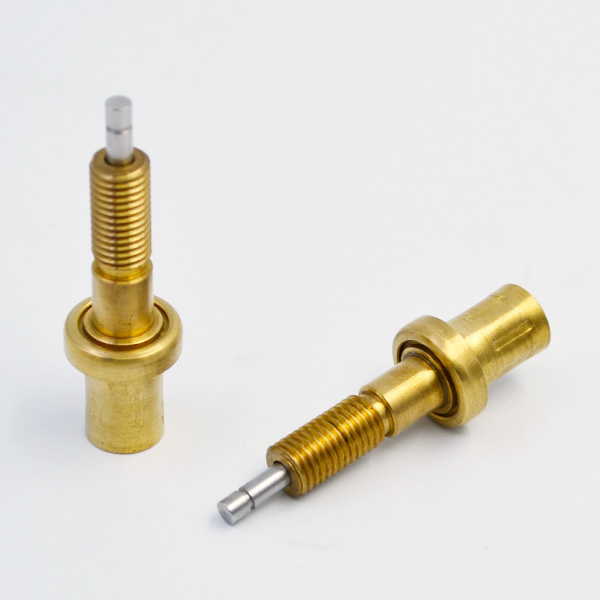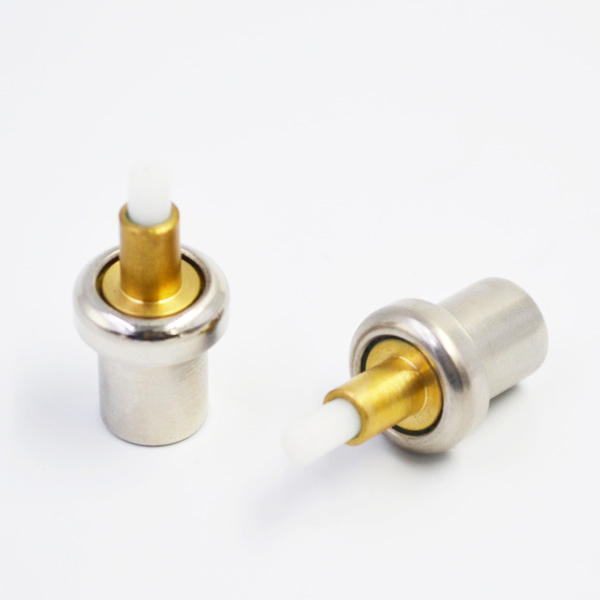In this paper, self-tuning PI speed controller is used in active queue management algorithm. An active queue management algorithm based on self-tuning PI controller is proposed. The algorithm can achieve self-tuning of controller parameters. The simulation results show that the algorithm has faster response speed and smaller “steady-state error” than the active queue management algorithm based on PI controller. Active queue management (AQM) algorithm in routers can effectively solve the network congestion problem. The most famous AQM algorithm is random early detection (RED) algorithm proposed by Floyd. Although RED algorithm has been widely used in router queue management, RED algorithm lacks systematic theoretical model and analysis, and has some problems such as parameter configuration and stability.
C. Hollott et al. established the theoretical model of TCP/AQM control and analyzed the stability of RED algorithm. On this basis, literature [3] proposed an active queue management algorithm based on PI (proportional integral) controller. The active queue management algorithm based on PI controller can effectively eliminate the “steady-state error” in queue control. However, the introduction of PI control integral item in the algorithm also leads to the algorithm noise. The effect of dynamic adjustment is not ideal because of the decrease of response speed. In order to overcome the shortcomings of PI controller in the active queue management algorithm, the self-tuning PI speed controller used in reference [4] is used in the active queue management algorithm. An active queue management algorithm based on self-tuning PI controller is proposed. The algorithm can realize the self-tuning of controller parameters, thus effectively improving the response speed of the algorithm and queue control. The speed and stability of the algorithm are optimized.
Reference [2] gives the second-order closed-loop feedback control model with time delay as shown in Fig. 1, which lays a solid foundation for the design of active queue management algorithm controller using control theory.

In Figure 1, P (s) e is the control object; Q0 is the target queue length of the router; Q (t) is the T-Time queue length of the router; e (t) is the T-Time queue length control deviation; P (t) is the packet loss probability.
The control objective of the control model is to set the P (t) value of the control variable according to the queue length deviation, so that the queue can be stabilized at the target length q0, and the router can maintain high throughput and low packet delay. Among them, C is the link bandwidth of the router; N is the number of TCP data streams; R0 is the round trip delay.
In Figure 1, if PI controller is used in controller C (s), an active queue management algorithm based on PI controller is constructed. Active queue management algorithm based on PI controller can effectively eliminate the “steady-state error” in queue control. However, the introduction of PI control integral term in the algorithm leads to the reduction of the response speed of the algorithm, and the dynamic adjustment effect is not ideal. In order to overcome the shortcomings of PI controller in the active queue management algorithm, improve the response speed of the algorithm effectively and optimize the speed and stability of the queue control algorithm, the proportional and integral parameters of PI controller must be changed dynamically. The design idea of self-tuning PI controller is that when the deviation of queue length control is large, the role of proportional link is enhanced and the proportional parameter is increased. With the decrease of deviation, the proportional parameter decreases gradually and the integral function is enhanced gradually. In order to reduce static error, when the deviation is less than a certain value, the integral effect reaches the strongest.
The structure of self-tuning PI controller is shown in Figure 2. E (t) is the control deviation of queue length at t time, KP (t) is the proportional parameter, ki (t) is the integral parameter, thermostatic element and KP (t) and ki (t) are the functions of E (t). Among them, kpmax and kpmin are the maximum and minimum values of proportional parameters respectively; a (t) is shown in equation (5).
From the above formulas, when the queue control deviation is larger than e, the proportional parameter is kpmax and the integral parameter is 0. With the decrease of the queue control deviation, the proportional parameter decreases. When the queue control deviation is less than e, the proportional parameter is kpmin and the integral parameter is kimax, the PI controller parameters can be self-tuned according to the size of the queue deviation. In order to verify the performance of the active queue management algorithm based on self-tuning PI controller proposed in this paper, the algorithm is implemented in NS2 network simulator [5], and compared with the active queue management algorithm based on PI controller, the network topology used in the simulation test is shown in Figure 3. In the network topology used in the simulation experiment, there are two connections between the sender and the receiver, S1-D1 and S2-D2, and the packet length is 1024 bytes. The link bandwidth between router R1 and router R2 is 100 Mb/s, the delay is 15 ms, and the buffer queue length is 200 packets. DropTail queues are used between sender and router R1. The link bandwidth between sender and router R1 is 100 Mb/s and the delay is 10 ms.
The DropTail queue is used between the receiver and router R2. The link bandwidth between the receiver and router R2 is 100 Mb/s and the delay is 10 ms. In the active queue management algorithm based on PI controller, the sampling time is 0.01s, a = 1.822 (10) – 5, B = 1.816 (10) – 5. In the active queue management algorithm based on self-tuning PI controller, the sampling time is 0.01s. The active queue management algorithm based on PI controller and the active queue management algorithm based on self-tuning PI controller are respectively configured between router R1 and R2. In both algorithms, the expected queue length Q0 of router is 150 packets. The simulation time is 60 seconds. There are two FTP flows based on TCPReno between the sender and the receiver. The simulation results of the active queue management algorithm based on PI controller and the active queue management algorithm based on self-tuning PI controller presented in this paper are shown in Fig. 4. The simulation results of Figure 4 show that the active queue management algorithm based on self-tuning PI controller is superior to the active queue management algorithm based on PI controller in performance, has faster response speed and smaller steady-state error, and can stabilize the queue length near the expected value of 150 packets. In order to overcome the shortcomings of PI controller in the active queue management algorithm, this paper proposes to use self-tuning PI speed controller in the active queue management algorithm, and proposes an active queue management algorithm based on self-tuning PI controller. The algorithm can achieve self-tuning of controller parameters, has faster response speed and smaller “steady-state error”, and its performance is better than that based on the self-tuning PI controller.

Active queue management algorithm of PI controller.
